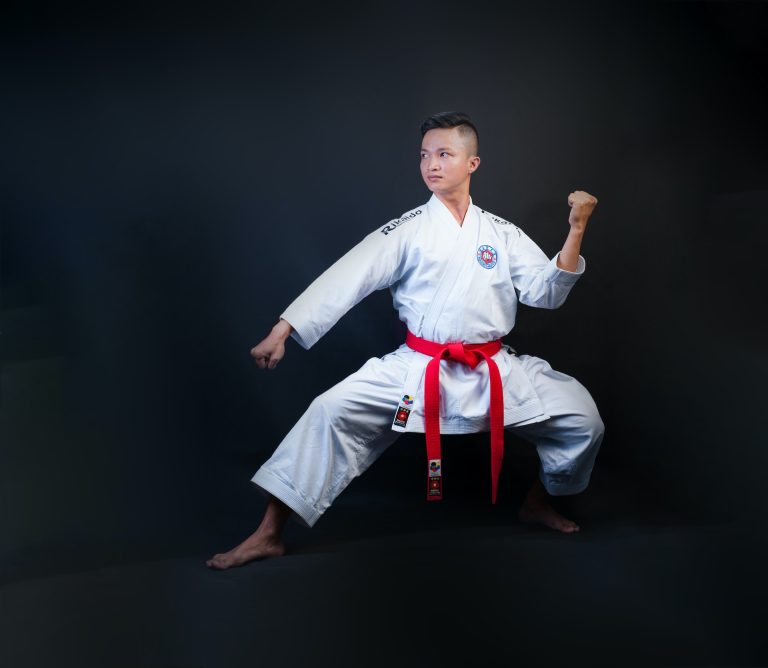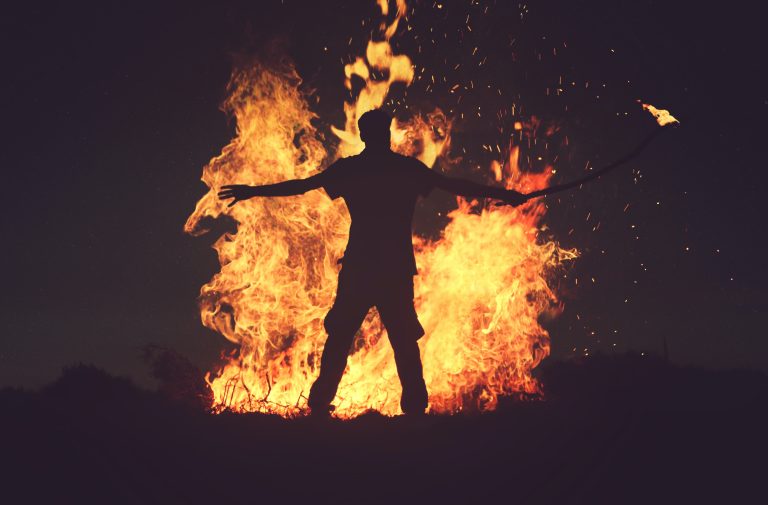Karate Gürtelrichtungen
Karate, eine traditionelle japanische Kampfkunst, ist bekannt für seine Graduierungen, die durch die verschiedenen Farben von Gürteln dargestellt werden. Die Gürtelrichtungen im Karate zeigen den Fortschritt eines Schülers, der durch harte Arbeit und Ausdauer erlangt wird.
Die verschiedenen Karate Gürtelrichtungen
Es gibt sechs Hauptgürtelrichtungen im Karate in aufsteigender Reihenfolge: Weiß, Gelb, Orange, Grün, Blau, Braun und Schwarz. Jeder Gürtel zeigt den Fortschritt des Schülers und zeigt, dass er die benötigten Fähigkeiten und Kenntnisse erworben hat, um den nächsten Grad zu erreichen.
Weißer Gürtel
Der weiße Gürtel ist der Anfangsgürtel, der von jedem Schüler des Karate getragen wird. Es symbolisiert Unschuld, Reinheit und Neuanfang. Ein Schüler mit einem weißen Gürtel beginnt damit, grundlegende Karate-Techniken und -Fähigkeiten zu erlernen.
Gelber Gürtel
Ein Schüler, der erfolgreich den weißen Gürtel erworben hat, erhält den gelben Gürtel. Der gelbe Gürtel symbolisiert das Wissen und die Erfahrung, die der Schüler im Karate bisher gesammelt hat. Ein Schüler mit einem gelben Gürtel muss in der Lage sein, grundlegende Konzepte und Techniken umzusetzen.
Orange Gürtel
Der orange Gürtel wird einem Schüler verliehen, der eine bessere Kontrolle und Verständnis der Karate-Techniken zeigt. Der orange Gürtel repräsentiert Weisheit, Wärme und Reife.
Grüner Gürtel
Ein Schüler mit einem grünen Gürtel hat grundlegende Karate-Fähigkeiten perfektioniert. Er verfügt über ein tiefes Verständnis und eine verbesserte Fähigkeit, Karate-Techniken auszuführen. Der grüne Gürtel repräsentiert Wachstum und Fortschritt.
Blauer Gürtel
Der blaue Gürtel steht für den Himmel und die Weite, die ein Schüler im Karate erreichen kann. Ein Schüler mit einem blauen Gürtel hat ein hohes Maß an Beherrschung und Fähigkeiten im Karate erworben.
Brauner Gürtel
Der braune Gürtel ist eine bedeutungsvolle Gürtelrichtung, die nur von den am meisten erfahrenen Schülern erreicht wird. Ein Schüler mit einem braunen Gürtel ist ein Meister der Karate-Techniken und hat seine Fähigkeiten und Kenntnisse durch ständiges Training und Disziplin perfektioniert.
Schwarzer Gürtel
Der schwarze Gürtel ist das höchste Ziel eines jeden Karate-Schülers. Ein Schüler, der den schwarzen Gürtel trägt, hat ein tiefes Verständnis und eine perfekte Beherrschung aller Karate-Techniken erreicht. Ein schwarzer Gürtel symbolisiert das Ultimative und stellt den Höhepunkt der Karate-Ausbildung dar.
Zusammenfassung
Die Karate Gürtelrichtungen sind ein wichtiger Teil der Karate-Tradition und repräsentieren den Fortschritt und die beständige Arbeit und Anstrengungen der Schüler. Jeder Gürtel symbolisiert eine Stufe und zeigt, was ein Schüler bis zu diesem Punkt gelernt hat und was er in der Zukunft noch erreichen muss. Die Karate Gürtelrichtungen sind ein Weg, Selbstvertrauen, Disziplin und Respekt zu erlernen und zu demonstrieren.
Karate Gürtelrichtungen – The Most Frequently Asked Questions Answered
Karate is a popular martial art that has been around for centuries. It is a discipline that requires hard work, dedication, and commitment. One of the key aspects of Karate is its belt system, which is used to indicate the skill level of practitioners. In this blog post, we will answer some of the most frequently asked questions about Karate Gürtelrichtungen, to help you understand this important aspect of the martial art better.
What is the Karate belt system?
The Karate belt system is a ranking system used in many traditional martial arts, including Karate. The belt system is used to indicate the skill level of practitioners, with different colored belts indicating different levels of proficiency. The Karate belt system begins with the white belt, which is awarded to beginners, and progresses through a series of colored belts until the practitioner reaches the highest level of proficiency, which is indicated by the black belt.
What are the different Karate belt colors?
The different Karate belt colors are as follows, in ascending order of proficiency:
1. White Belt (Beginner)
2. Yellow Belt
3. Orange Belt
4. Green Belt
5. Blue Belt
6. Purple Belt
7. Brown Belt
8. Black Belt
It is important to note that the number and order of the belt colors may vary depending on the school and the style of Karate being practiced.
What are the requirements for moving up the Karate belt system?
The requirements for moving up the Karate belt system may vary depending on the school and style of Karate being practiced, but in general, there are four criteria that must be met:
1. Technique: Practitioners must be able to demonstrate the required techniques to a high standard, which may include katas, sparring, and self-defense techniques.
2. Attitude: Practitioners must show a positive attitude towards training, be willing to put in the hard work required, and show respect towards their instructors, fellow students, and the discipline of Karate itself.
3. Knowledge: Practitioners must demonstrate an understanding of the principles and philosophy of Karate, as well as knowledge of the history and traditions of the martial art.
4. Time: Practitioners must have trained for a certain amount of time at each level before being eligible to progress to the next level.
Do all Karate schools use the same belt system?
No, not all Karate schools use the same belt system. Some schools may use a different number of belt colors or a different order, while some schools may use a completely different ranking system altogether. It is important to do your research on a school and its specific ranking system before enrolling.
How long does it take to earn a black belt in Karate?
The time it takes to earn a black belt in Karate varies depending on the school and the individual practitioner. In general, it takes several years of dedicated training to reach the black belt level, with an average time frame of around 5-7 years. However, it is important to remember that the journey to black belt is not just about reaching a destination, but about the process of continuous learning and improvement.
Is there a difference between a black belt from one school and a black belt from another?
Yes, there can be a difference between a black belt from one school and a black belt from another. This is because the requirements for achieving a black belt may vary depending on the school, the style of Karate being practiced, and the instructor’s personal standards. However, a black belt from a reputable school and instructor should demonstrate a high level of skill, knowledge, and dedication, regardless of any differences in requirements.
What should I do if I am having trouble progressing through the Karate belt system?
If you are having trouble progressing through the Karate belt system, the first thing you should do is talk to your instructor. They may be able to provide you with specific feedback on areas where you need to improve, or suggest additional training and practice to help you progress. It is also important to remember that progress in Karate takes time and dedication, and it is normal to experience setbacks and obstacles along the way.
Conclusion
The Karate belt system is an important aspect of the martial art, indicating the skill level and proficiency of practitioners. By understanding the different belt colors and requirements for progression, you can set goals and work towards improving your own skills and knowledge of Karate. Remember to always practice with dedication and respect, and enjoy the journey of continuous learning and improvement.
Inhaltsverzeichnis





